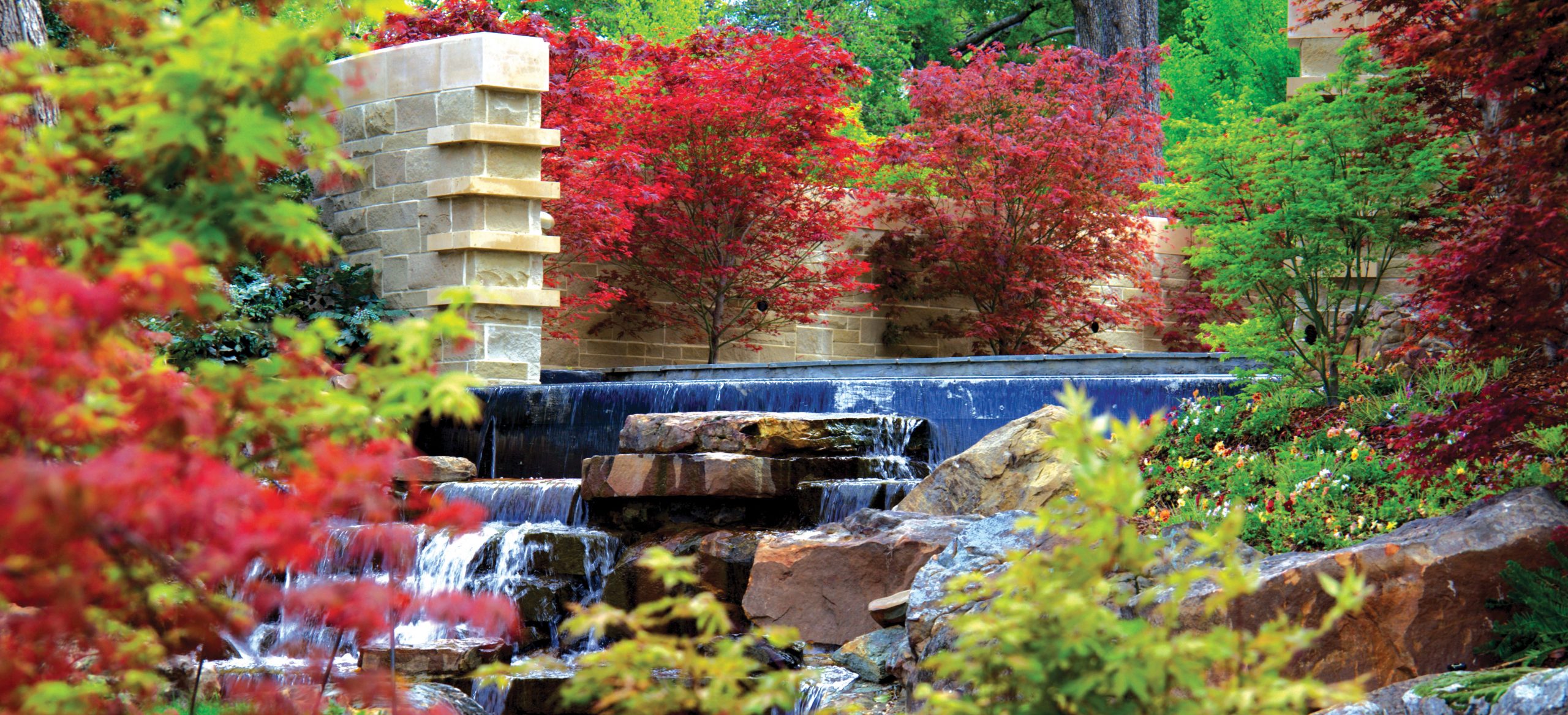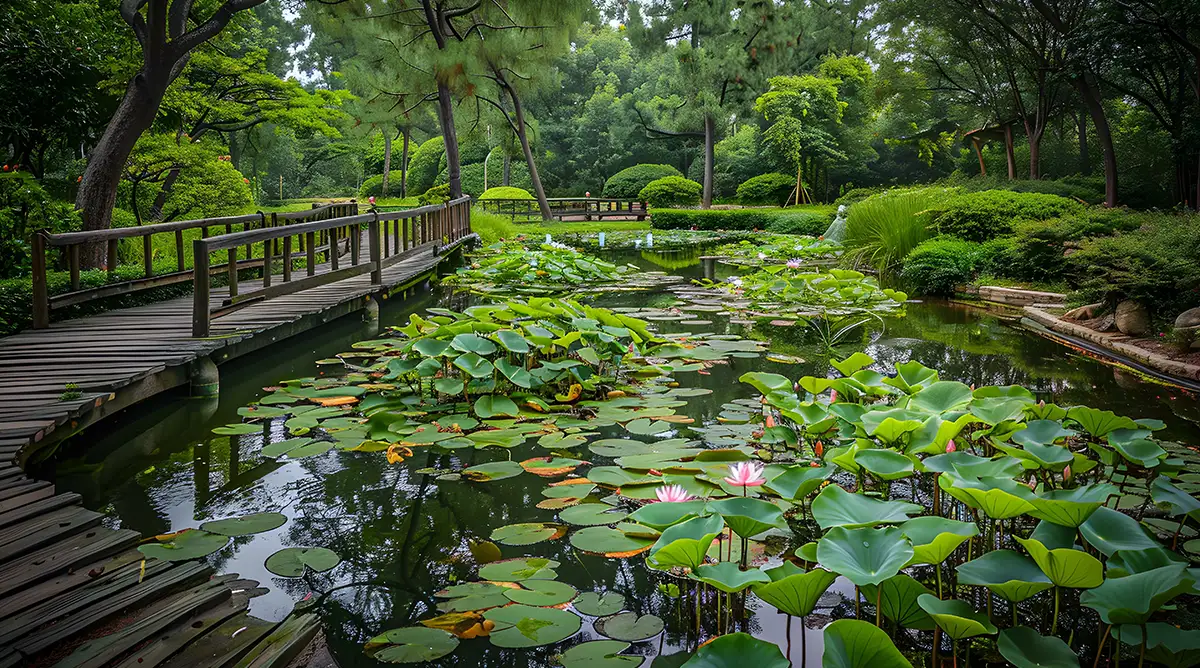Arboreta, often referred to as tree gardens or botanical gardens specializing in trees, are serene outdoor sanctuaries that offer a unique opportunity to explore the diversity and wonder of the plant kingdom. These specialized gardens are dedicated to the cultivation, conservation, and study of trees and shrubs.
The Purpose of Arboreta
Arboreta serve a multifaceted purpose:
- Conservation: They play a vital role in preserving plant biodiversity by safeguarding rare and endangered tree species. By cultivating and propagating these trees, arboreta ensure their survival for future generations.
- Education: Arboreta offer invaluable educational opportunities for people of all ages. They provide a hands-on learning experience, allowing visitors to observe diverse tree species, learn about their characteristics, and understand their ecological significance.
- Research: Arboreta are invaluable resources for scientific research. Researchers can study various aspects of tree biology, such as genetics, physiology, and ecology. They can also investigate the impacts of climate change, pollution, and other environmental factors on trees.
- Recreation: Arboreta offer peaceful and inspiring environments for visitors to relax, unwind, and connect with nature. They provide opportunities for hiking, picnicking, birdwatching, and simply enjoying the beauty of the natural world.
Key Features of Arboreta
Arboreta typically feature a diverse collection of trees and shrubs, organized in various ways:
- Systematic Collections: These collections are arranged based on the scientific classification of plants, allowing visitors to explore evolutionary relationships and taxonomic diversity.
- Geographic Collections: These collections showcase trees and shrubs from specific geographic regions, such as North America, Asia, or Europe.
- Thematic Collections: These collections are organized around specific themes, such as ornamental trees, fruit trees, or trees with medicinal properties.
- Historic Collections: Some arboreta may feature historic trees or collections that have been preserved for their cultural or historical significance.
Beyond their collections of trees and shrubs, arboreta often offer additional amenities and attractions:
- Herbaria: These collections of preserved plant specimens are used for research and education.
- Gardens: Arboreta may include various gardens, such as rose gardens, herb gardens, or themed gardens.
- Educational Facilities: Arboreta may have visitor centers, classrooms, and laboratories to provide educational programs and workshops.
- Trails and Pathways: Well-maintained trails and pathways guide visitors through the arboretum, offering opportunities to explore the diverse plant collections.
By visiting an arboretum, you can immerse yourself in the natural world, appreciate the beauty and diversity of trees, and gain a deeper understanding of their ecological significance.



